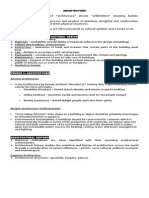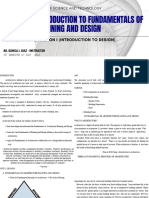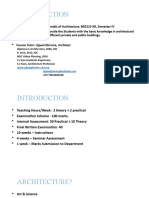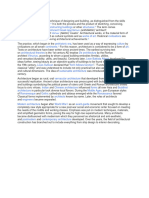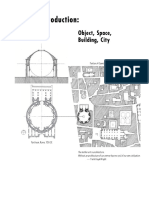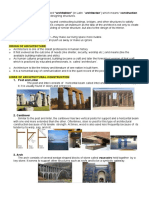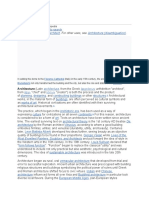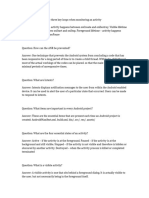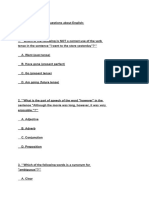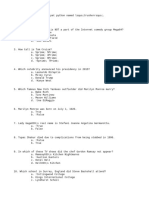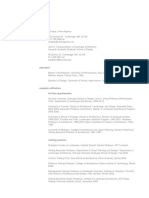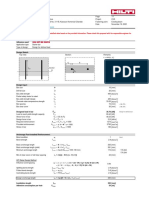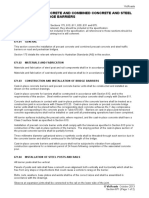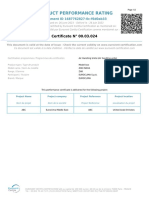0% found this document useful (0 votes)
13 views4 pagesArchitecture Class Notes - (1) - 1
Architecture is defined as the art and science of designing buildings, encompassing key elements such as form, function, structure, space, material, and light. The document outlines various historical periods and styles of architecture, from ancient to contemporary, highlighting their unique characteristics and principles. It also emphasizes the importance of sustainability and the multifaceted role of architects in the design and construction process.
Uploaded by
Marlita HardiyantiCopyright
© © All Rights Reserved
We take content rights seriously. If you suspect this is your content, claim it here.
Available Formats
Download as PDF, TXT or read online on Scribd
0% found this document useful (0 votes)
13 views4 pagesArchitecture Class Notes - (1) - 1
Architecture is defined as the art and science of designing buildings, encompassing key elements such as form, function, structure, space, material, and light. The document outlines various historical periods and styles of architecture, from ancient to contemporary, highlighting their unique characteristics and principles. It also emphasizes the importance of sustainability and the multifaceted role of architects in the design and construction process.
Uploaded by
Marlita HardiyantiCopyright
© © All Rights Reserved
We take content rights seriously. If you suspect this is your content, claim it here.
Available Formats
Download as PDF, TXT or read online on Scribd
/ 4





























